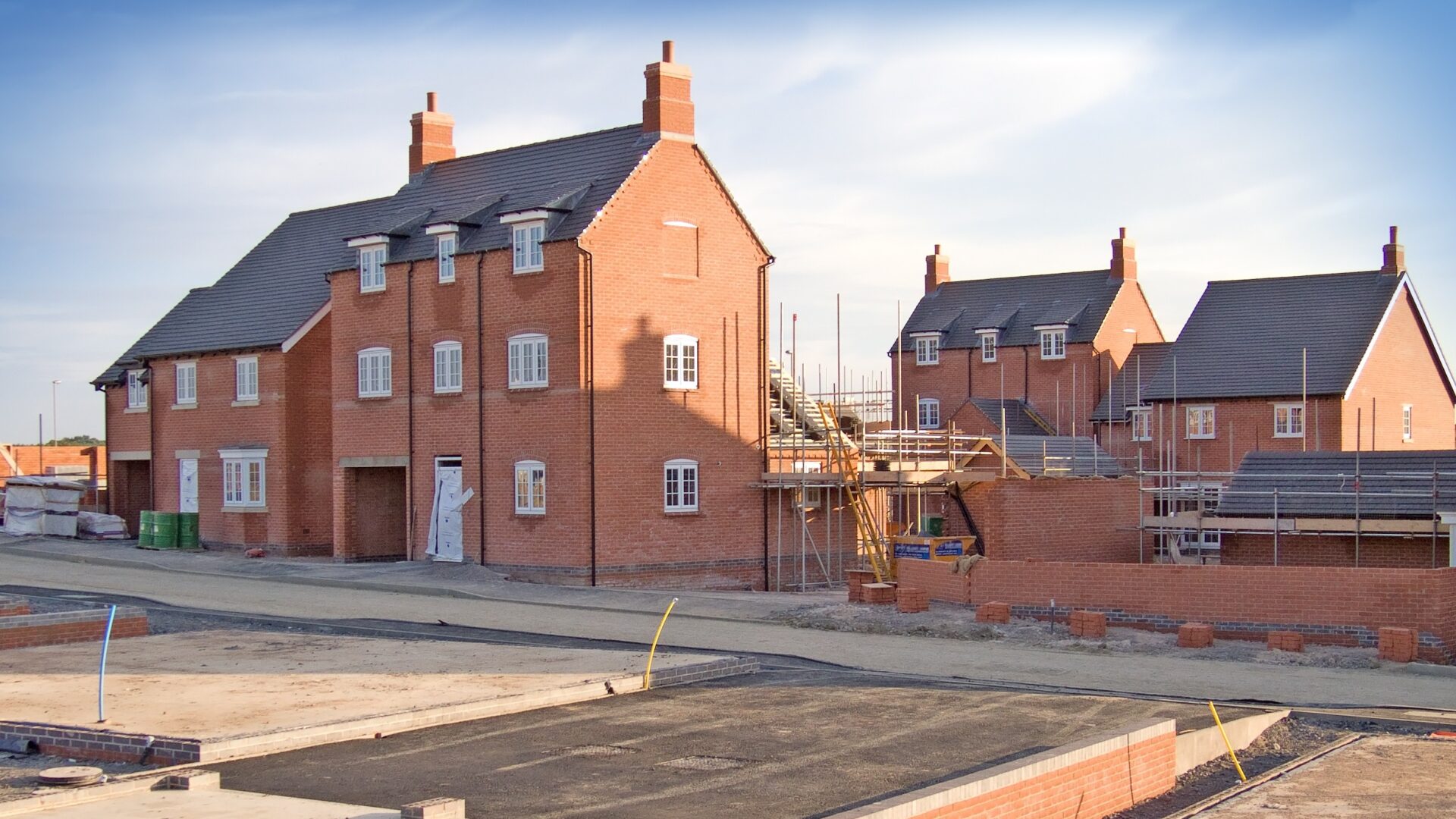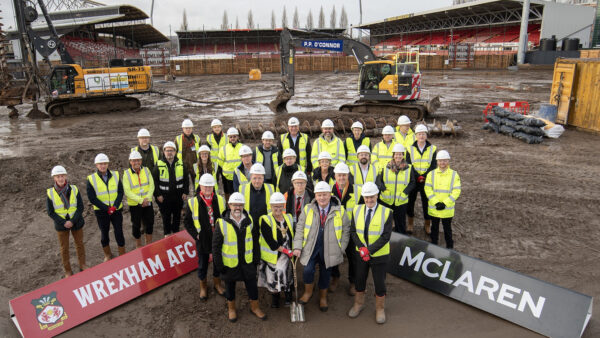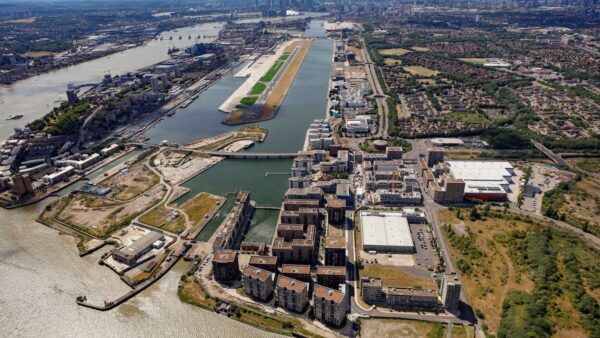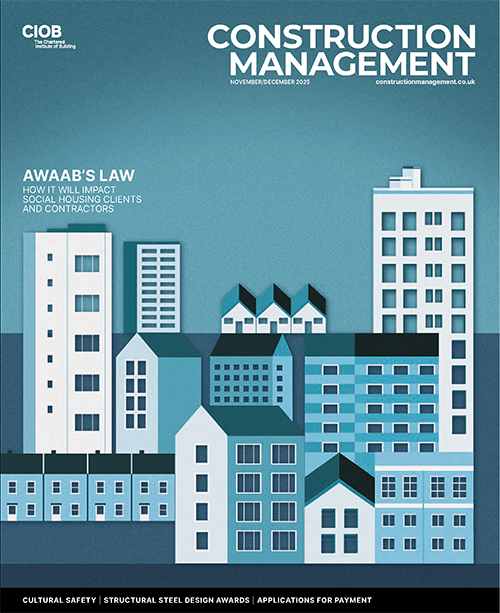
Over a third (35%) of Section 106 agreements took longer than 12 months to complete between 2022 and 2024, new research by the Home Builders Federation (HBF) shows.
Local authorities have reported a 20% rise in Section 106 (S106) negotiation timelines, with housebuilders now waiting an average of 515 days to finalise infrastructure agreements.
S106 agreements are legally binding planning obligations negotiated between a local planning authority and a developer. They set out the contributions developers must make to support the local community, such as funding for schools, roads, public spaces and affordable housing.
Responses to a freedom of information request to local planning authorities reveal that the average time to finalise S106 agreements has increased by 20% over two years, from 425 days in 2022/23 to 515 days in 2024/25.
The longest recorded timescale was seven years (2,679 days).
Impact on SME developers
HBF said that while these delays affect developments of all sizes, they are particularly challenging for small- and medium-sized (SME) developers, which often lack the financial reserves to absorb prolonged delays and rising costs.
Neil Jefferson, chief executive at HBF, said: “The delays in negotiating Section 106 agreements are a clear example of how a lack of capacity in local authorities and inconsistencies in the planning process are affecting the delivery of much-needed homes.
“Homebuilders are proud of the contributions their developments make to local services and infrastructure and want these to be delivered in a timely fashion. With over £7bn delivered through S106 agreements each year, we cannot afford for the system to keep failing.”
Lack of capacity in local authorities is thought to be a key contributing factor to delays. It is estimated that 80% of local planning authorities are now operating below full capacity, with an additional 2,200 planning officers needed across England and Wales to close the staffing gap.
Jefferson added: “While government has acknowledged the staffing constraints and taken welcome steps to address delays in the planning process, we now need to see meaningful action to increase capacity at a scale commensurate with the importance of the challenge.”











